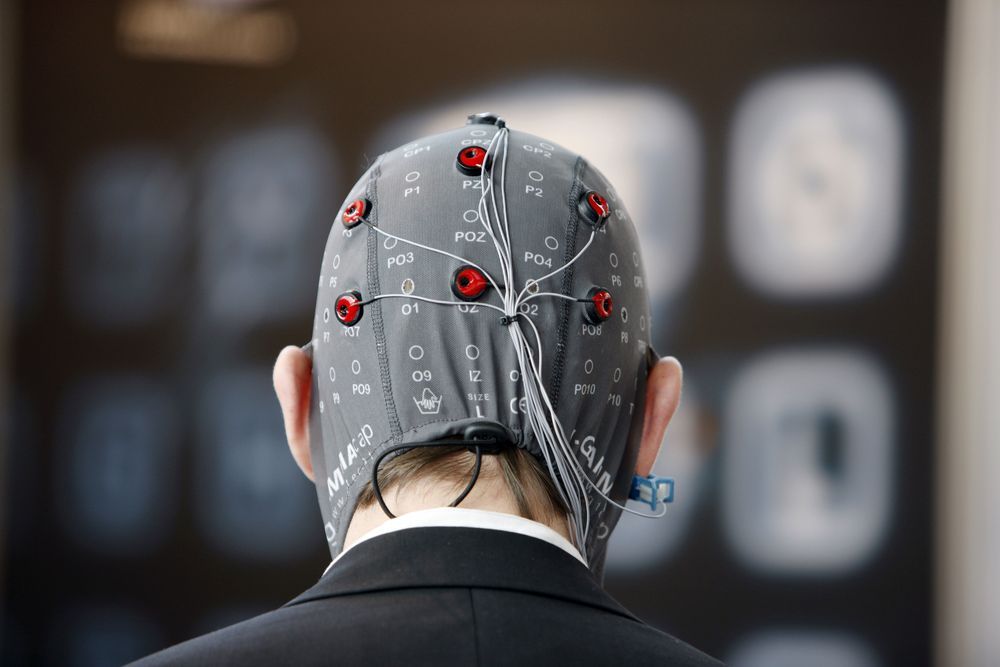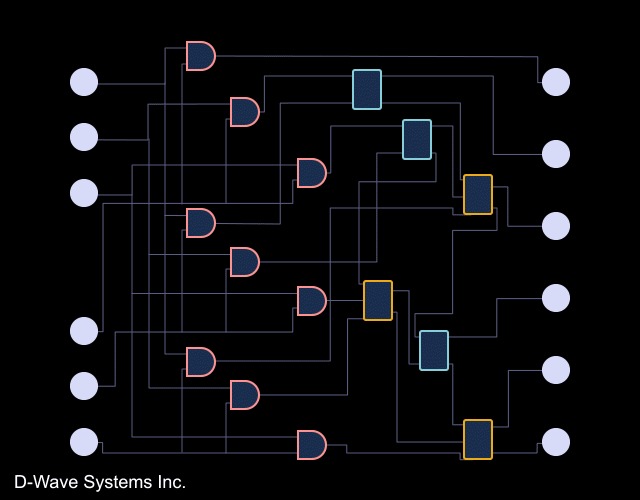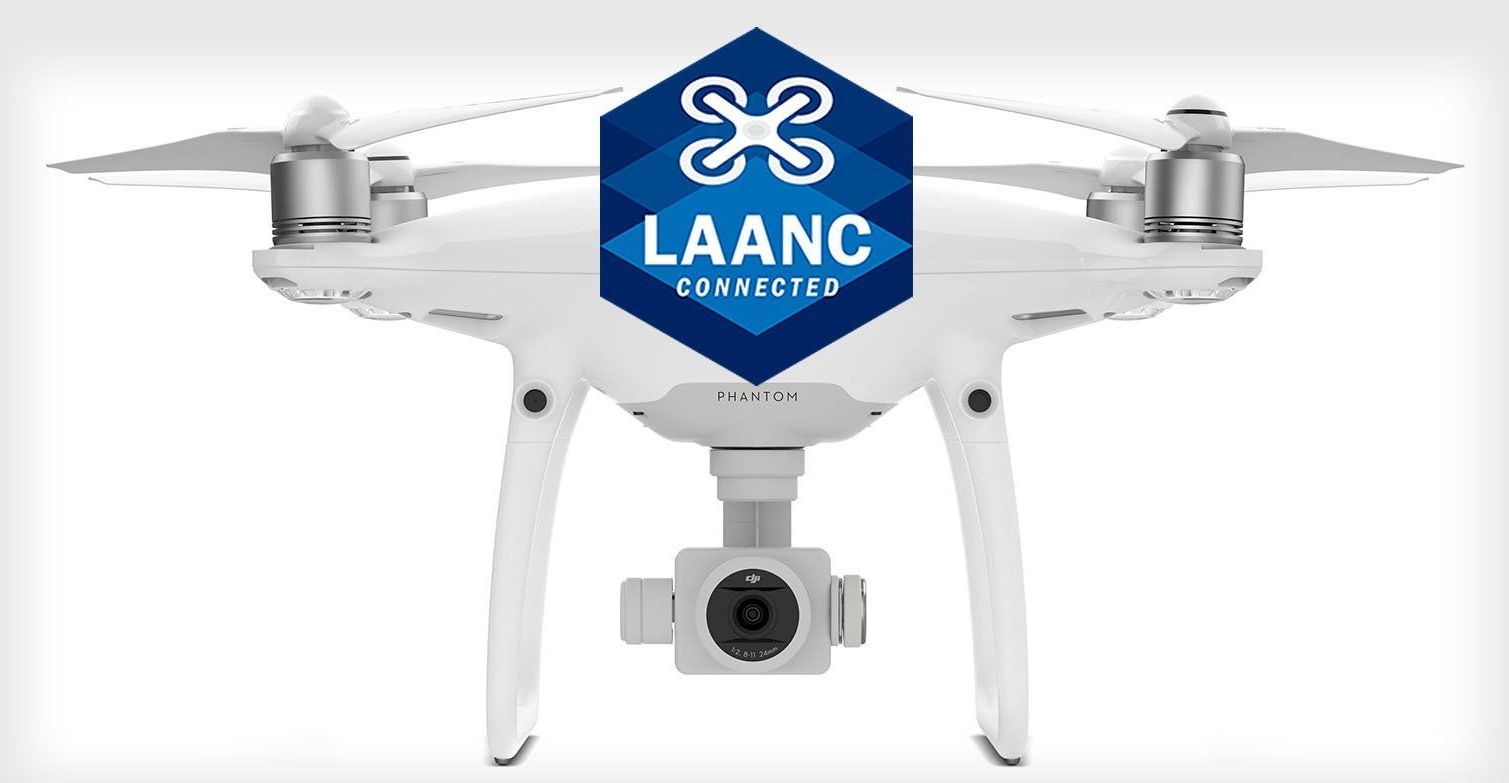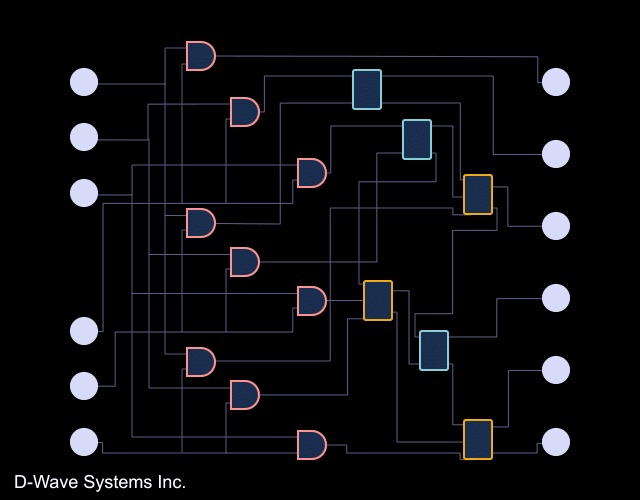Oct 3, 2018
The Cipher of Intelligence
Posted by Marcos Than Esponda in categories: information science, robotics/AI
If simulating the brain is proving tricky, why don’t we try decoding it?
“There’s a good reason the first flying machines weren’t mechanical bats: people tried that, and they were terrible.” — Dan Robitzski
In the current AI Spring, many people and corporations are betting big that the capabilities of deep learning algorithms will continue to improve as the algorithms are fed more data. Their faith is backed by the miracles performed by such algorithms: they can see, listen and do a thousand other things that were previously considered too difficult for AI.

















